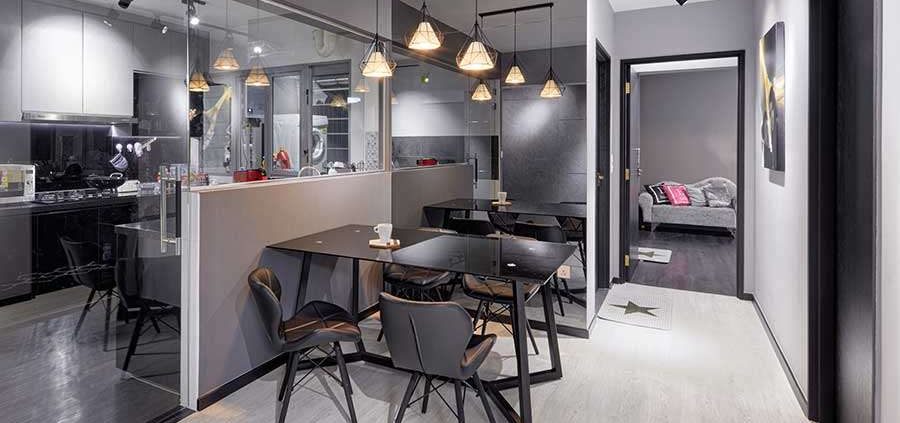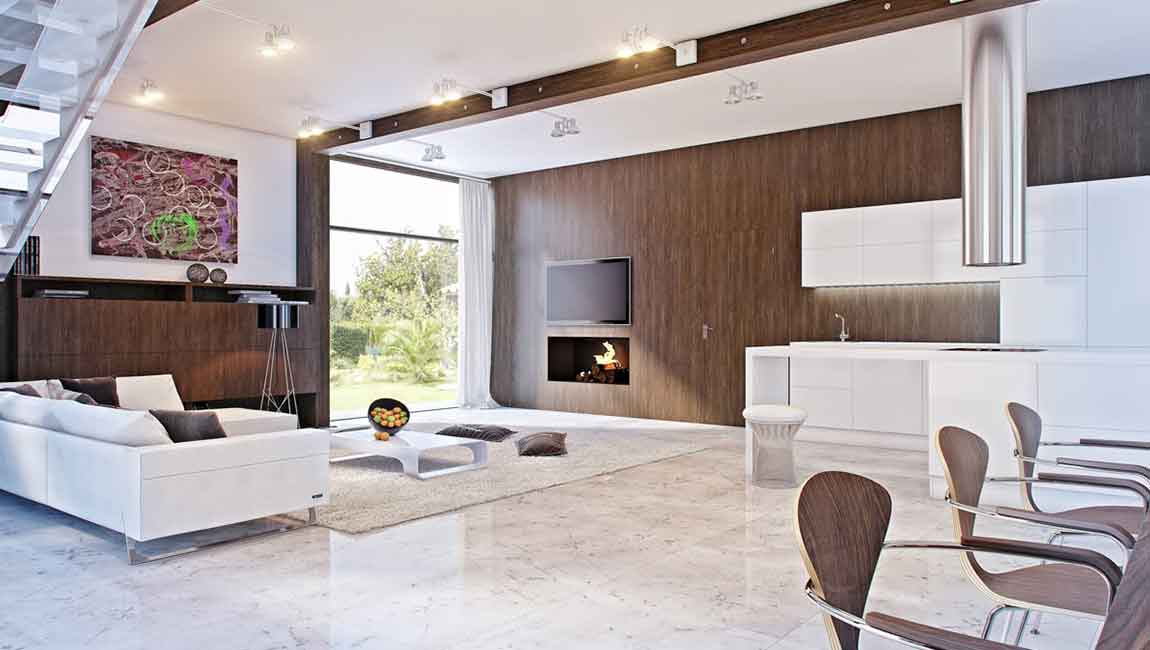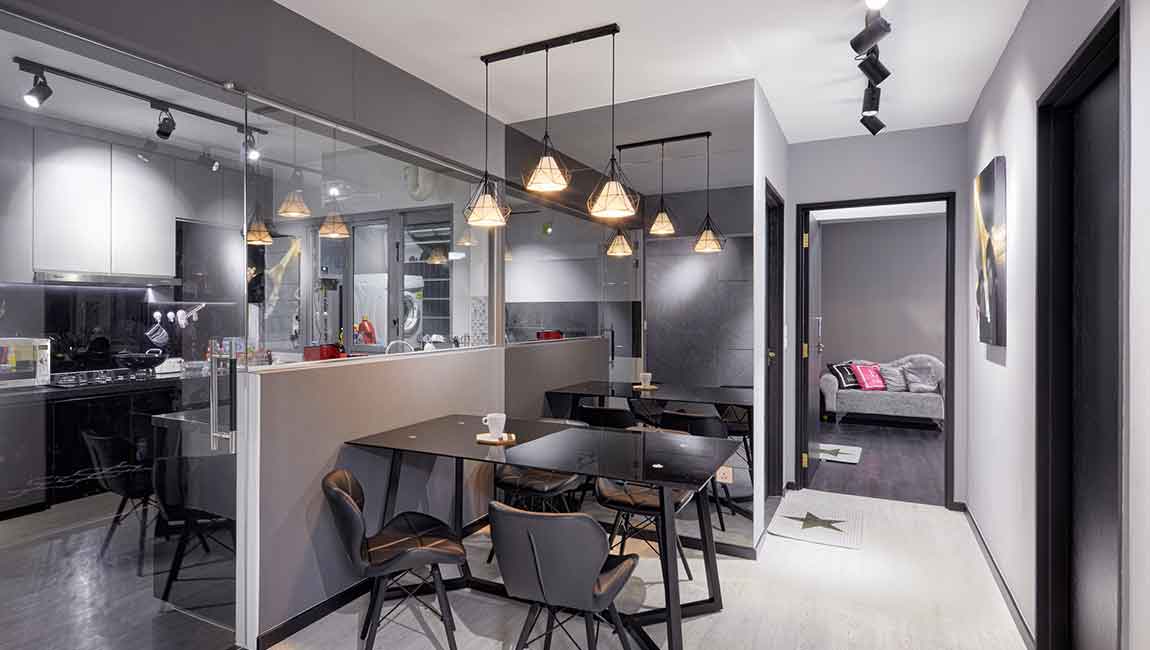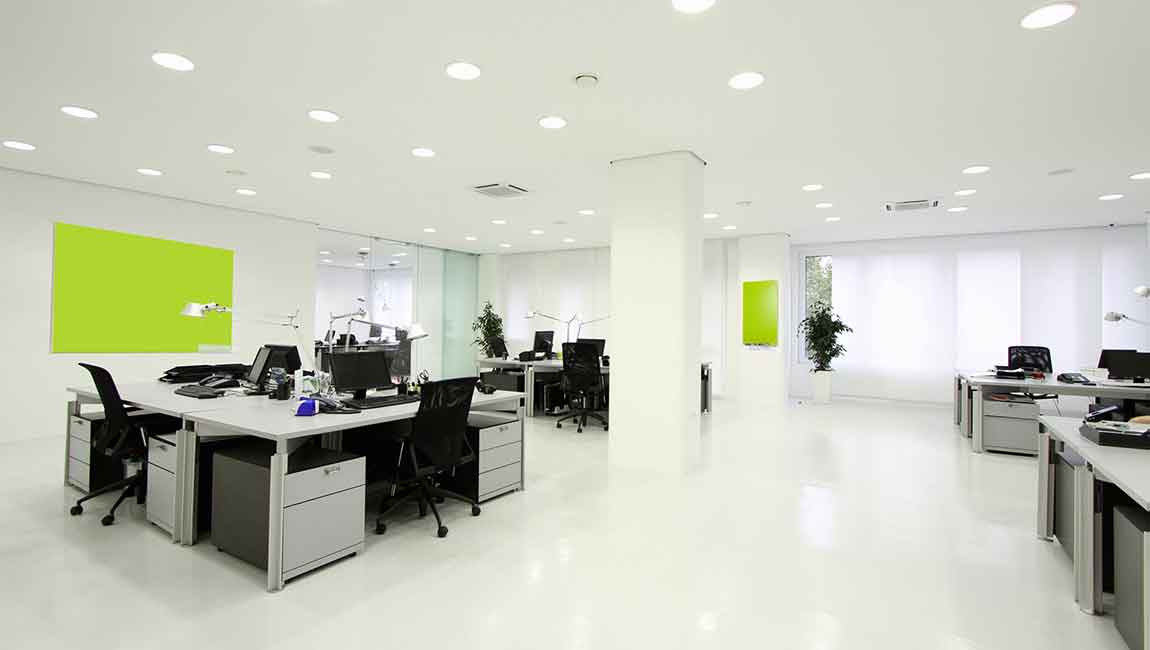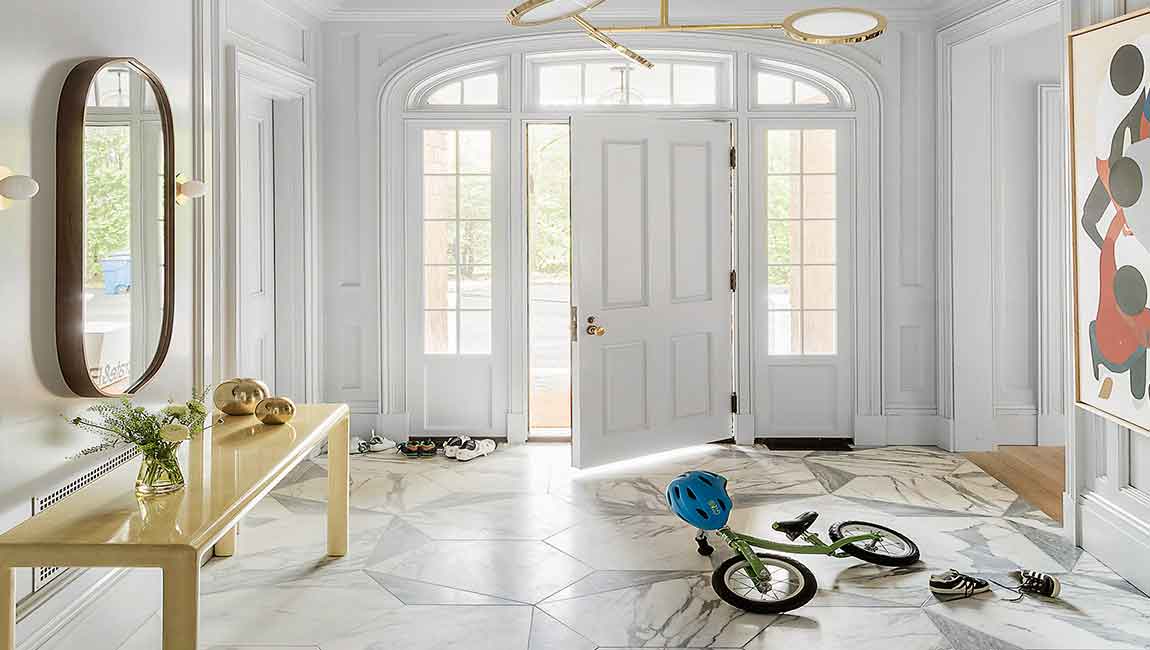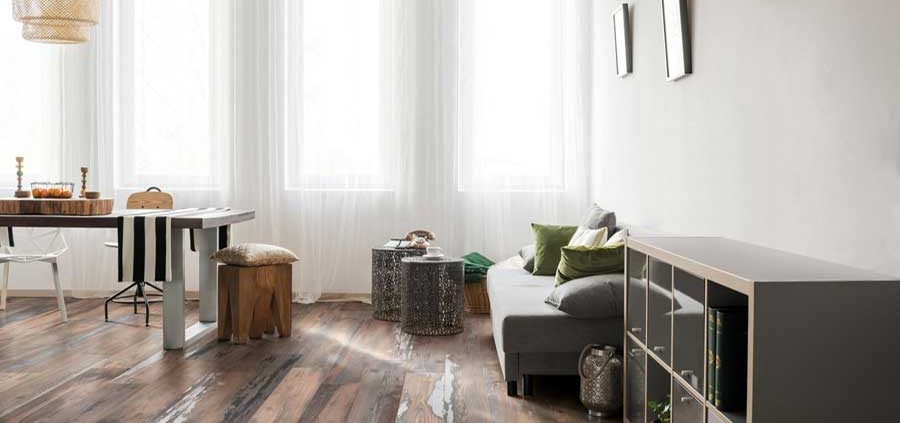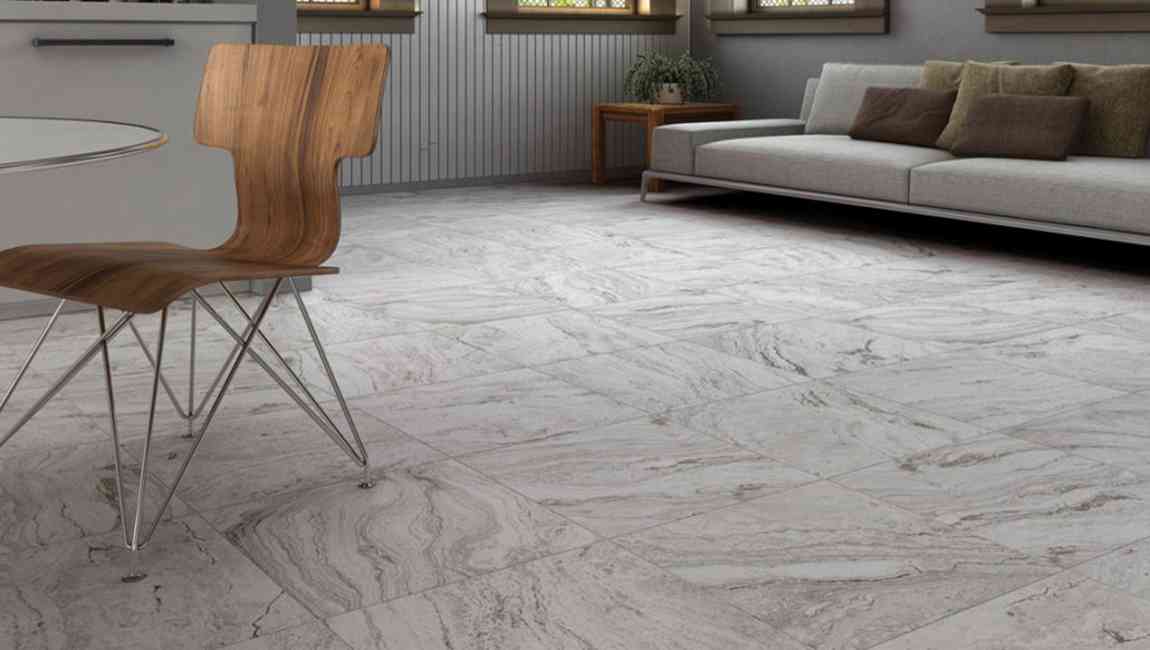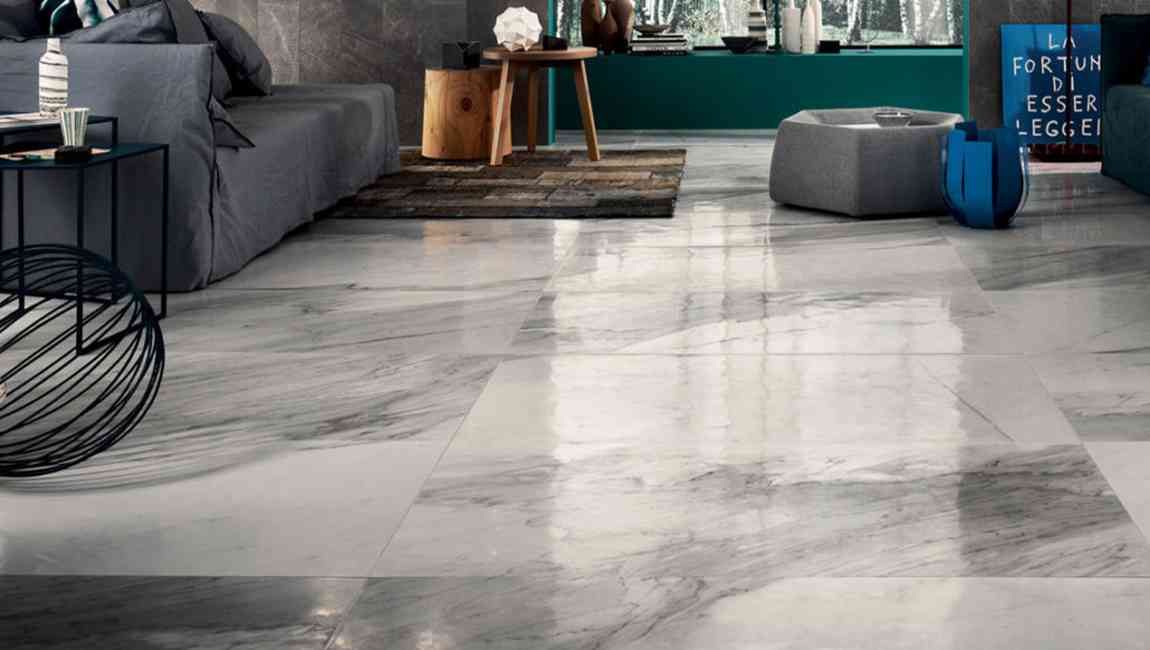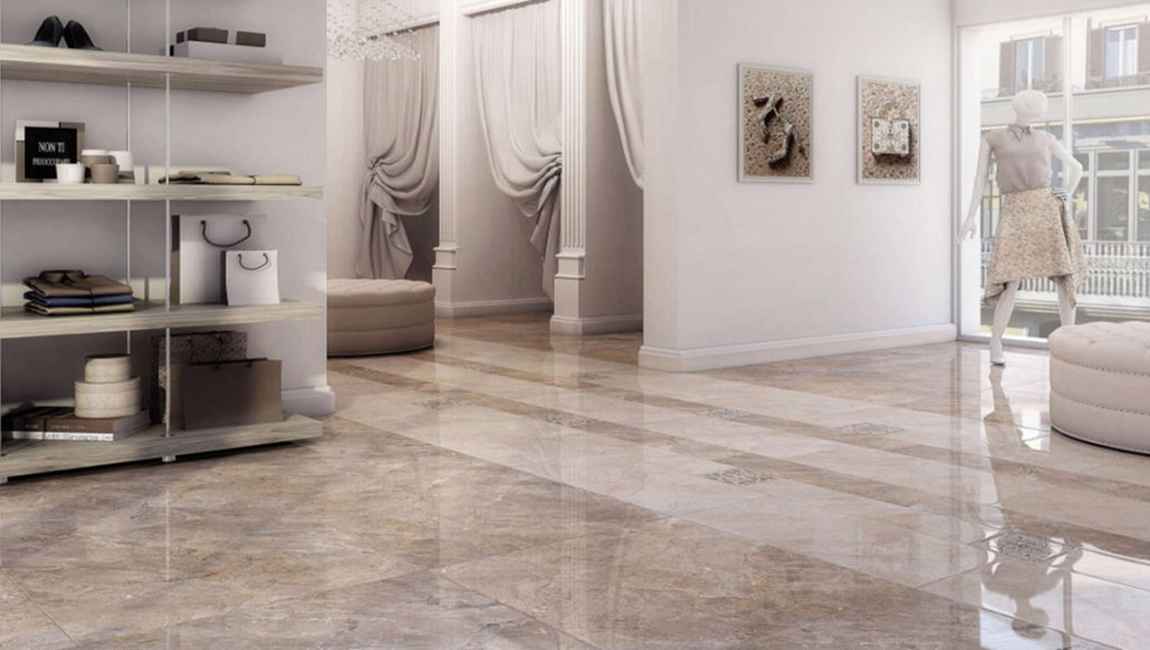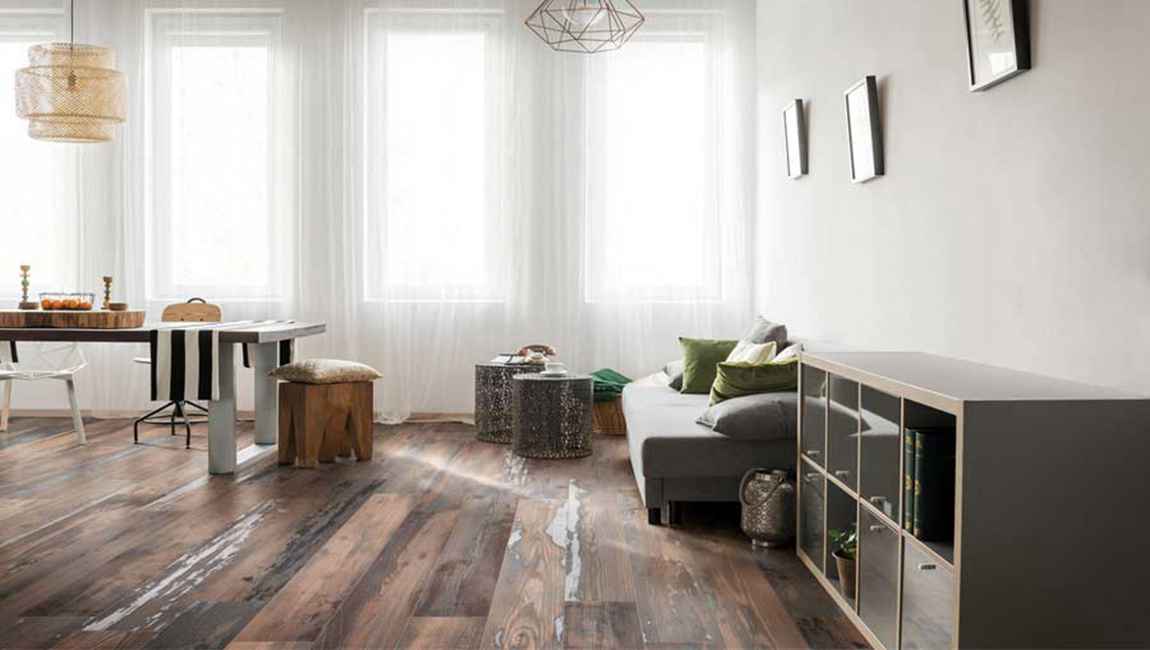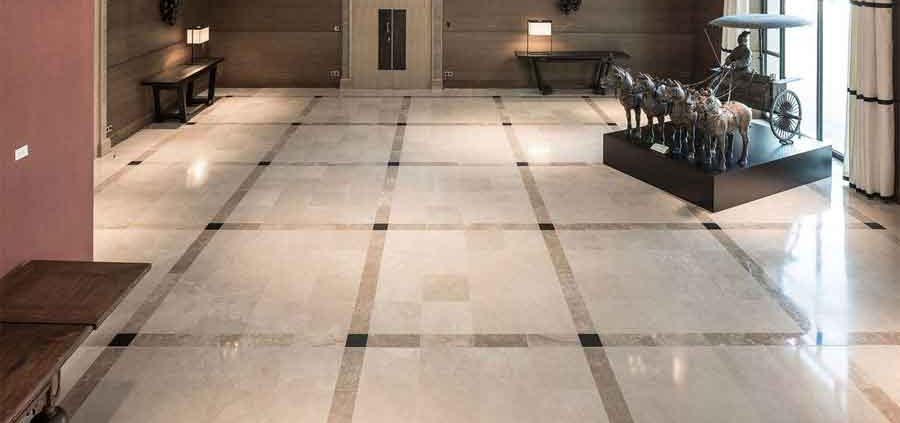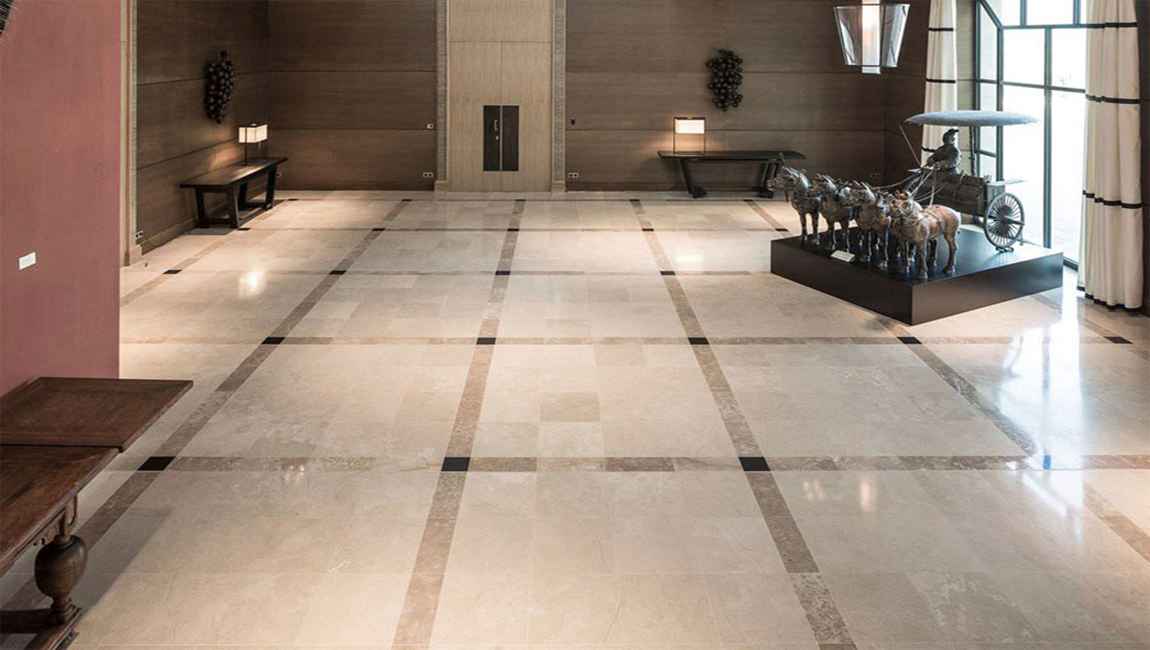How to Trimming Tile with a Wet Saw?
Where you want to make the cut on the floor tile using a square. A square will help you draw straight lines for cutting. Use a lead or grease pencil to make your marks. Don’t use a permanent marker. This will be very difficult to remove from the rustic tile in the end. Fill the tray of the wet saw with water by turning on the water pump. The water will cool down the blade of the wet saw. Don’t fill the reservoir past the maximum line marked on the edge of the tray.
You can cover the floor underneath the saw with a plastic drop cloth if you’re worried about it getting wet. There’s a chance water will spray or splash out of the reservoir. Set the wall tile on the saw, lining up the blade with the cut mark. Before turning on the saw, you may want to slide the tile about 1 inch (2.5 cm) back from the blade so it doesn’t start cutting immediately. Make sure the tile is completely flat on the surface of the saw.
If you put the widest section of the clound tile between the blade and the fence, you’ll avoid having to get your hand too close to the blade. Lock the fence along the edge of the only tile for a straight cut. The fence (also known as the lock plate) can be shifted from side to side along the saw to adjust for different sizes of tile. It’s a long bar that sits on top of the saw’s table next to the blade. Push it flush against the edge of your ceramic tile once you have it aligned with the blade, and lock it into place.
To lock the fence, there should be a small lever on the side of the fence. Pull it out towards you to unlock it and push it in against the saw to lock it. You can lock the fence on either the right or left side of the blade. It depends on which is most comfortable for you. Turn on the wet saw by pressing the button on the side of saw. The “on” switch may be a green button. Wait for the water to cover the blade before you start cutting.
Wear safety glasses and gloves to protect yourself from flying debris. Always leave the protective plastic covering over the blade while you’re cutting. Push the tile gently along the fence into the blade. You shouldn’t have to force the tile through the blade. You’re simply guiding it along using both hands. When you get near the end, firmly press the 2 halves of the glazed rustic tile together as you push it through the blade so that the tile doesn’t break before the cut is made.
Make any necessary adjustments to the kitchen tile while you guide it. If the blade starts straying from your cut mark, gently push the polished tile back into place. Harder or thicker tiles design should be pushed through at a slower rate. You’ll know you’re pushing it too fast if you hear the blade slow down. Never take your eyes off the blade as you cut. Looking away for even just a second is very dangerous.
Keep your hands as far away from the blade as possible. If you need to, you can use a piece of scrap wood to push the tile through the blade. Turn off the saw before removing the marble tile from the table. The “off” switch is typically a red button on the side of the saw. Wait until the blade has completely stopped rotating before you grab the tile. Make sure the bathroom tile is free of the blade before you reach over to turn off the saw. Otherwise, it could go shooting off the table. After you unplug the saw, you should use a damp sponge to wipe it down and remove any debris.

